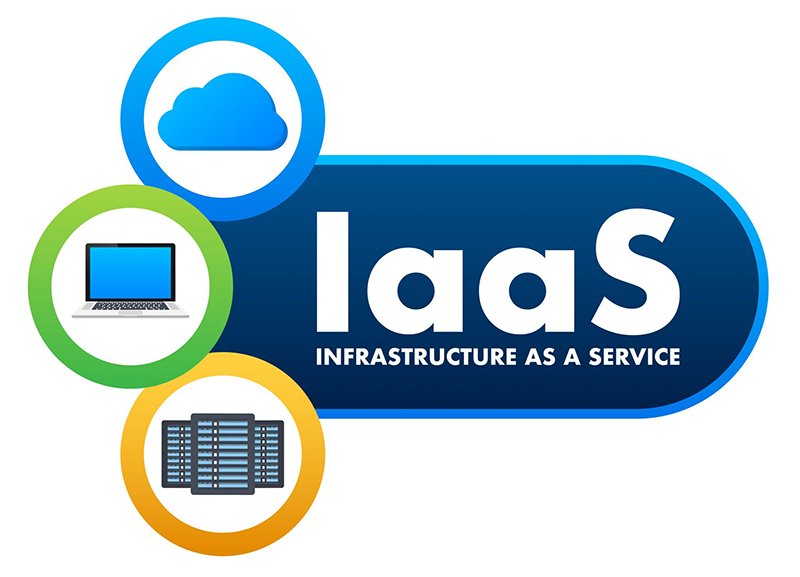IaaS
IaaS
Get the World Class Tier IV Data Center Services in India, Experience the Benefits of Technologically Advanced DC Infrastructure

What is IaaS?
How does it work?
IaaS is a collection of physical and virtual computational resources that offer the resources needed to run applications and workloads in the cloud. IaaS providers can manage a customer’s data centers, provision virtual computing, and offer networking and storage services to customers.
Traditional “bare metal” hosting provides direct access to the hardware and control of the hardware specifications over the internet. But it does not provide virtualized compute, networking, and storage. With bare metal hosting, remote access is granted and given to the hosting customer, who then remotely logs into the machine and configures it. It can provide higher performance than IaaS for such things as GPU computing, high-performance computing, analytics, and more. However, it does not include the benefits of IaaS, including the ability to rapidly provision and scale resources.
Built upon bare metal hosting is “shared hosting,” or “virtual hosting.” Shared hosting uses virtualization to fragment an individual machine into separate virtual machines (VMs). Virtualization is the system-level process in which resources like RAM, CPU, disk, or networking can be virtualized and represented as multiple individual resources. This virtualization of resources enables a single physical machine to host multiple tenants as if they’re on separate machines.
When you scale bare metal and virtual hosting to data centers or a cluster infrastructure, you create IaaS. Instead of using one machine, a room full of servers can be virtualized into individual computational units.
By bringing remote configuration and provisioning to rooms full of servers, IaaS enables cloud computing. In addition to delivering operating system resources, IaaS offers full-service, pre-configured infrastructure resources like load balancers, DNS management, email servers, security gates, and more. These resources are often costly to develop and maintain as first-party efforts.
